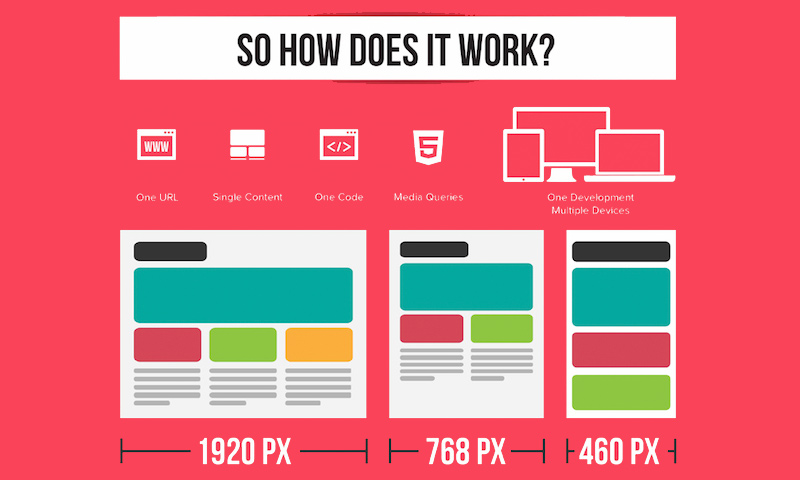Utilizing The Power Of Visual Pecking Order In Internet Site Layout
Utilizing The Power Of Visual Pecking Order In Internet Site Layout
Blog Article
Material Writer-Shah Dodd
Picture an internet site where every component completes for your attention, leaving you feeling overwhelmed and unsure of where to concentrate.
Now photo a site where each element is thoroughly organized, leading your eyes easily with the page, offering a seamless user experience.
The distinction hinges on the power of visual power structure in website layout. By purposefully organizing and prioritizing elements on a webpage, developers can develop a clear and user-friendly course for individuals to follow, ultimately improving engagement and driving conversions.
But exactly how specifically can you harness this power? Join us as we discover the principles and methods behind efficient aesthetic power structure, and uncover just how you can raise your internet site design to brand-new elevations.
Comprehending Visual Hierarchy in Website Design
To successfully convey details and overview individuals through a web site, it's critical to understand the principle of visual hierarchy in website design.
Aesthetic pecking order describes the plan and company of aspects on a web page to highlight their value and produce a clear and intuitive user experience. By establishing a clear visual power structure, you can route users' attention to one of the most important details or actions on the page, enhancing usability and involvement.
This can be achieved through various style techniques, including the strategic use size, color, contrast, and positioning of components. For example, bigger and bolder components generally draw in even more focus, while contrasting colors can create aesthetic contrast and draw emphasis.
Principles for Efficient Aesthetic Hierarchy
Comprehending the principles for reliable aesthetic hierarchy is vital in producing an easy to use and engaging website design. By adhering to these principles, you can make sure that your internet site effectively connects information to individuals and guides their interest to one of the most crucial aspects.
One principle is to use size and range to develop a clear aesthetic hierarchy. By making essential elements bigger and more famous, you can draw attention to them and guide customers via the material.
One more concept is to make use of comparison properly. By using contrasting shades, font styles, and forms, you can create aesthetic distinction and highlight vital information.
In addition, the principle of proximity recommends that related aspects need to be organized together to aesthetically connect them and make the site much more organized and very easy to browse.
Implementing Visual Pecking Order in Web Site Design
To carry out aesthetic hierarchy in website style, focus on important aspects by adjusting their dimension, color, and position on the page.
By making crucial elements larger and extra famous, they'll naturally draw the customer's interest.
visit the following internet site contrasting shades to produce aesthetic comparison and stress essential information. As an example, you can use a bold or vibrant shade for headings or call-to-action buttons.
In addition, think about the placement of each aspect on the web page. seo engine optimization on top or in the center, as users tend to concentrate on these locations initially.
Conclusion
So, there you have it. Visual power structure resembles the conductor of a symphony, assisting your eyes with the internet site style with finesse and flair.
It's the secret sauce that makes an internet site pop and sizzle. Without it, your design is simply a cluttered mess of random components.
But with visual hierarchy, you can develop a work of art that grabs attention, interacts effectively, and leaves an enduring perception.
So leave, my friend, and harness the power of aesthetic pecking order in your internet site style. Your audience will thank you.
